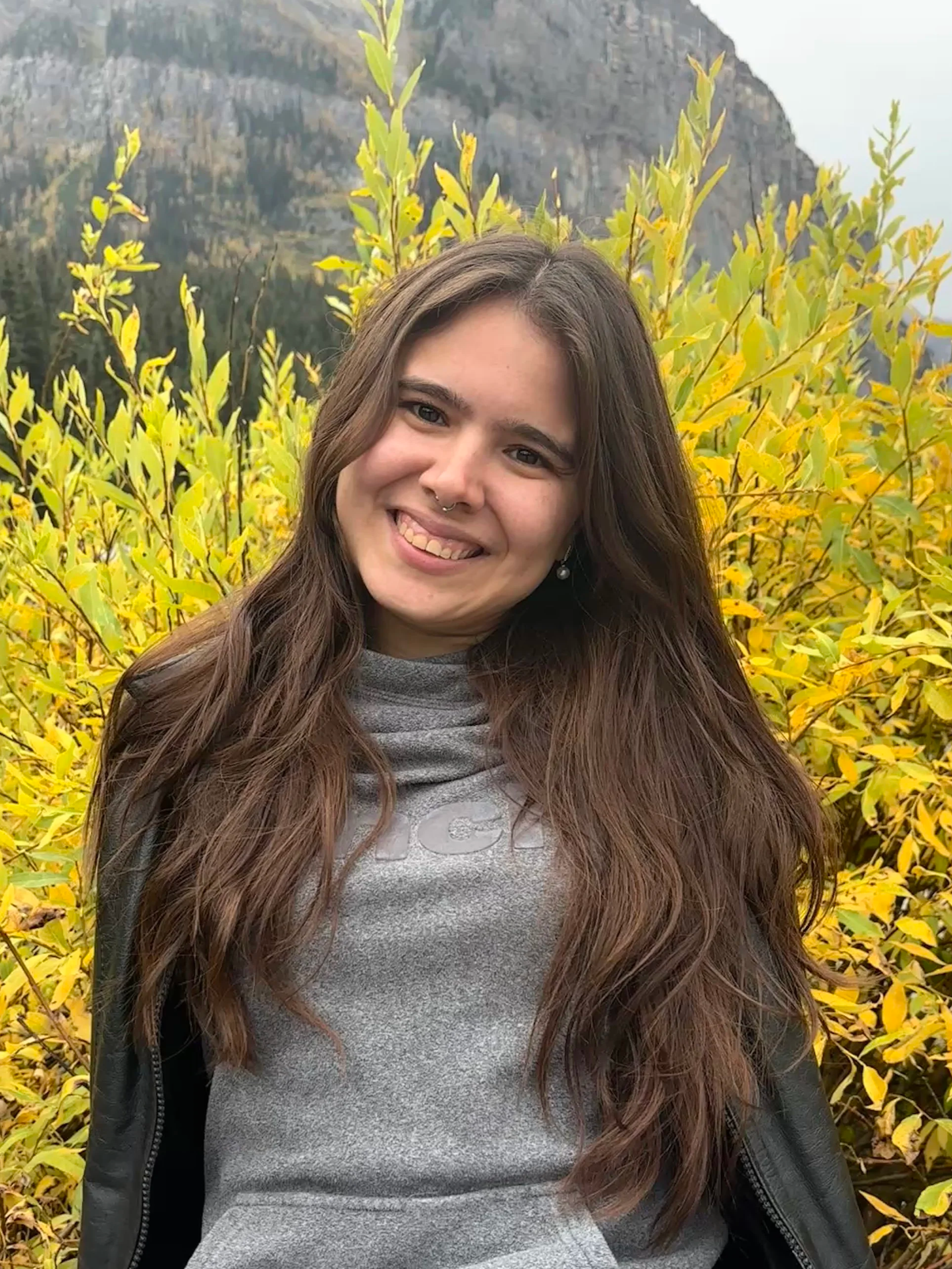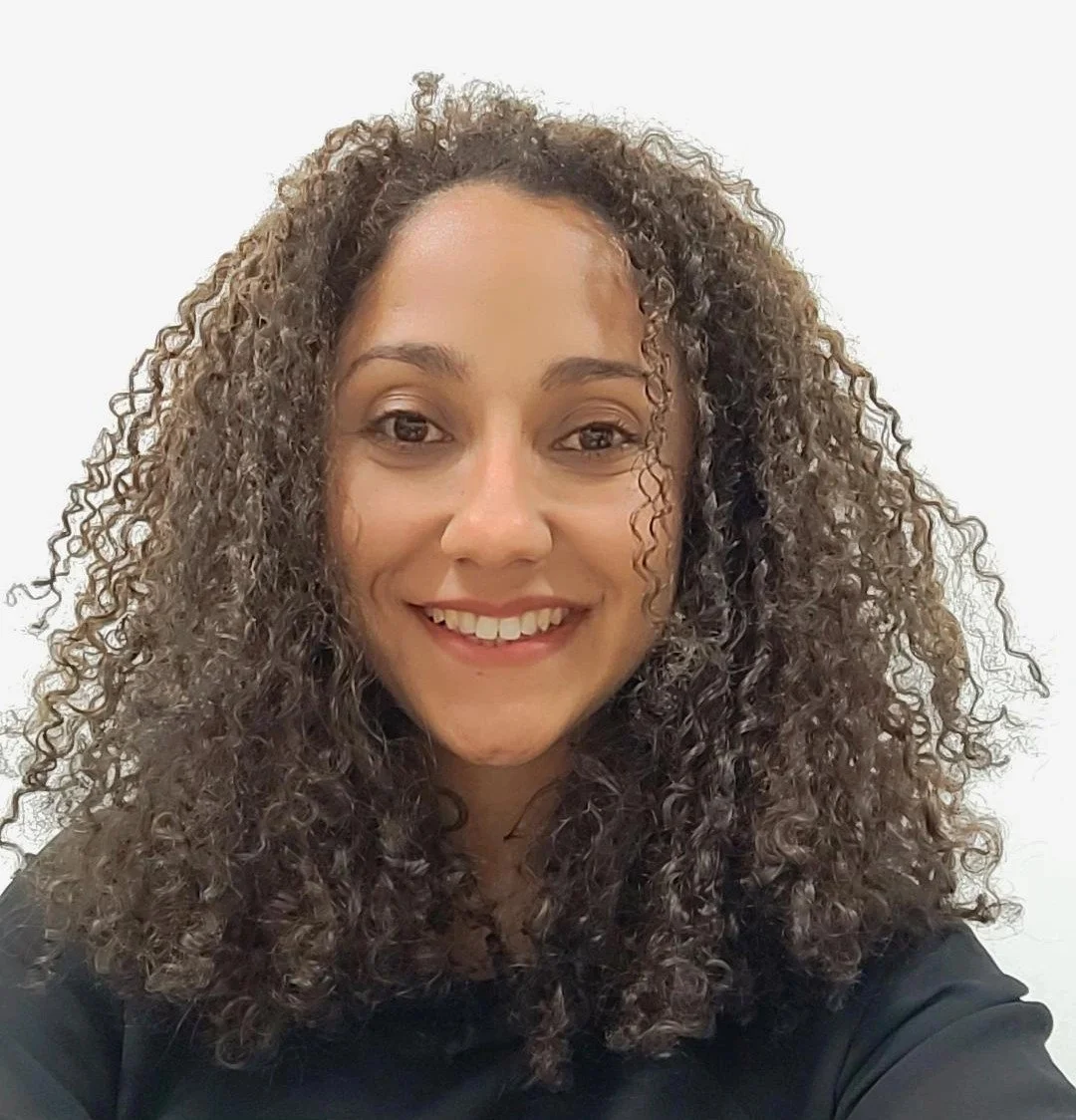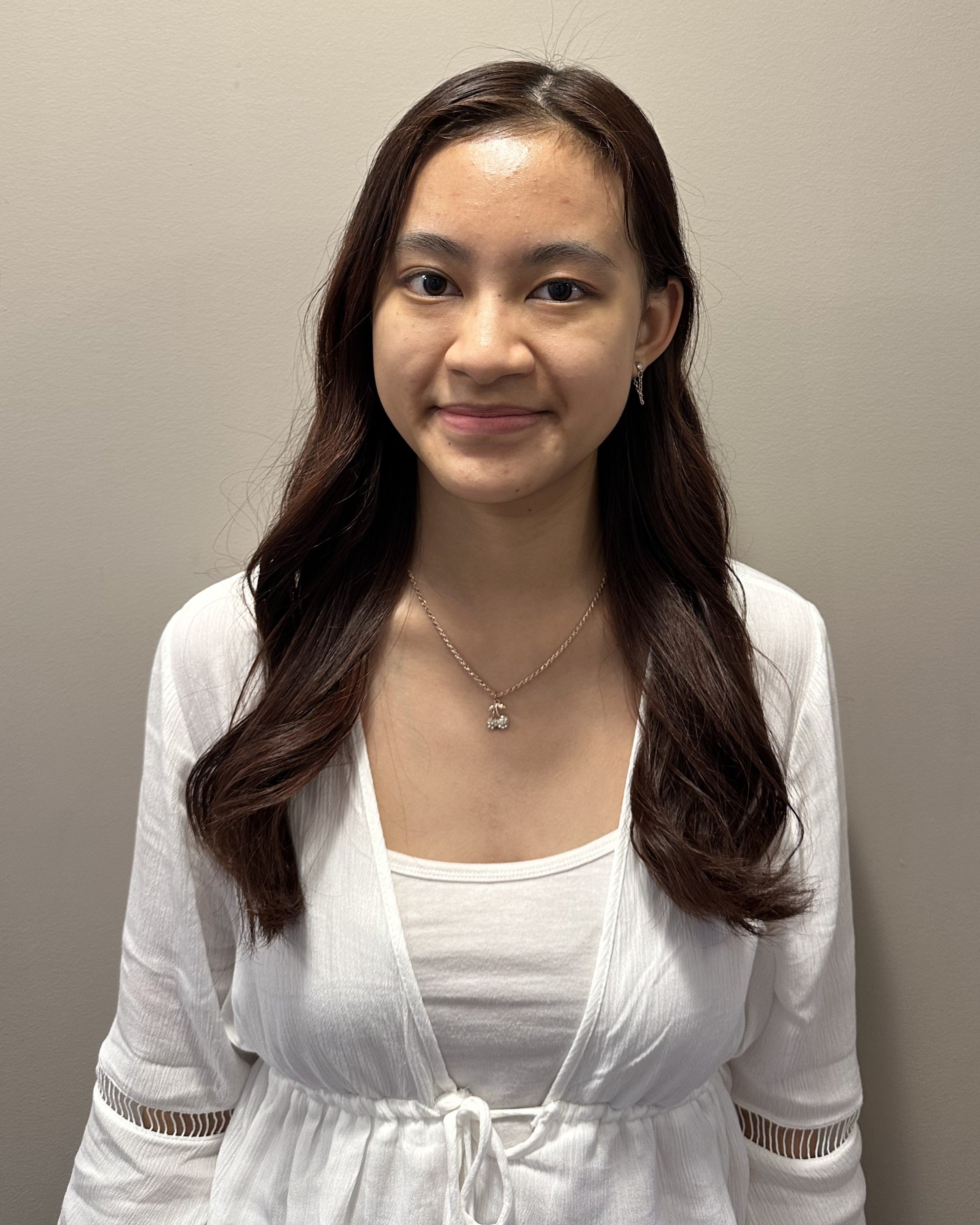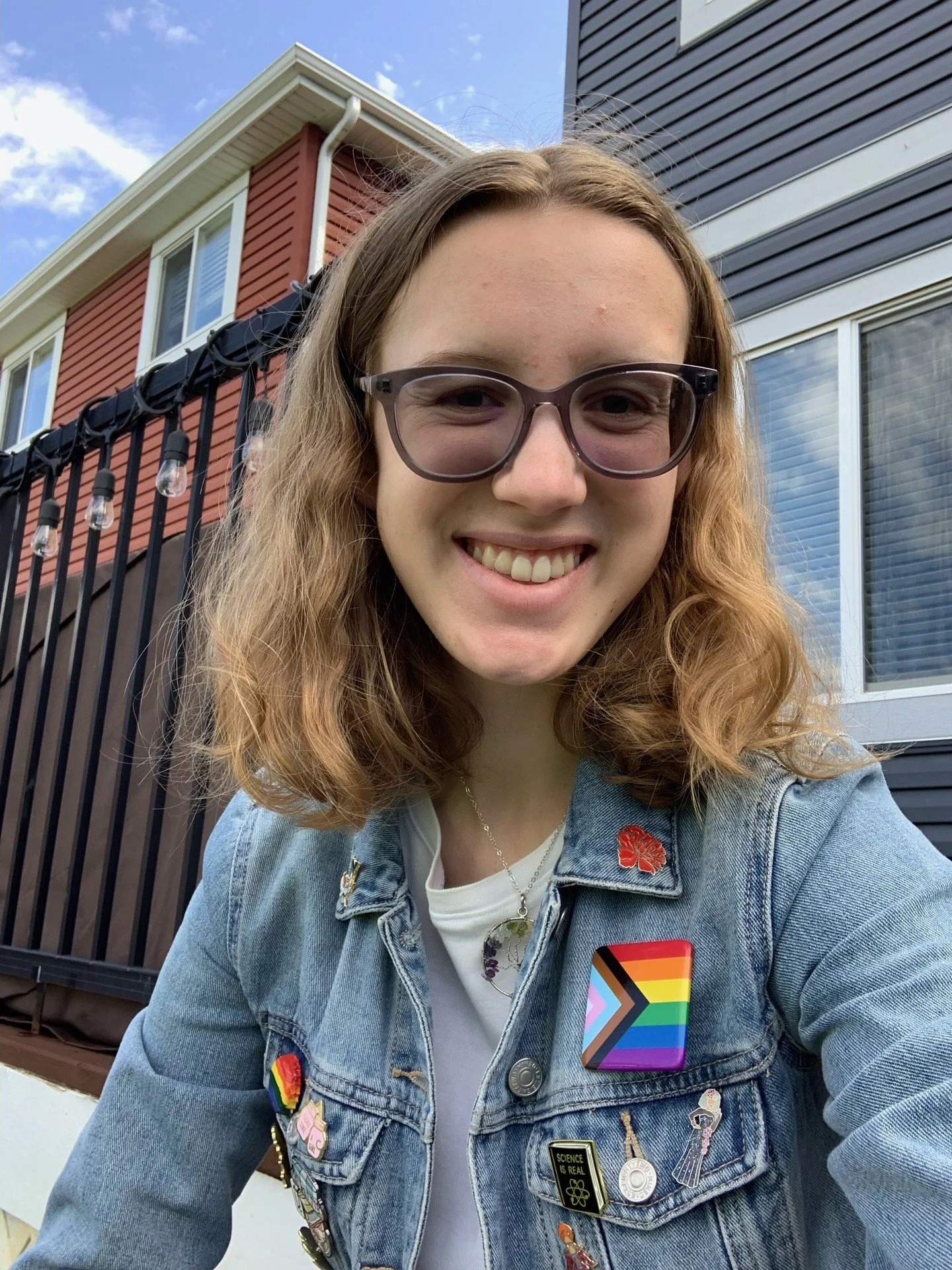Join the team
We welcome enthusiastic and committed students at both undergraduate and graduate levels. While prior research experience in areas such as chromatography, mass spectrometry, lipids, omics, and software development is desirable, it is not a requirement. We encourage international students to apply and warmly welcome their participation.
If you are eager to contribute to cutting-edge research projects, we invite you to contact us for more information about the available opportunities.
Our Team
Adriana Zardini Buzatto (Principal Investigator)
MSc, PhD (she/her/hers) | Google Scholar | ORCID | LinkedIn | Twitter Canada Research Chair in Lipidomics Assistant Professor, University of Calgary Associate Director, Calgary Metabolomics Research Facility
I began my research journey as an undergraduate student in Brazil in 2008. After completing my master’s degree in targeted metabolomics with Dr. Ana Valeria Colnaghi Simionato, I opted to enroll in the Ph.D. program at the University of Alberta, Canada, under the supervision of Dr. Liang Li. My research focused on lipidomics of small amounts of biological samples using nanoLC and UHPLC-MS. After graduating in 2020, I joined the Nova Medical Testing and TMIC research teams as a scientist, where I led a team that applied the methodologies I developed for service work and collaborative research focused on lipids. Through these opportunities, I had the chance to work with a diverse group of researchers, mentor and guide students and colleagues, and advance my knowledge and passion for lipidomics research. I am now committed to building a successful career as an Assistant Professor at the University of Calgary and Canada Research Chair in Lipidomics, with a particular emphasis on the role of unknown lipid species in human metabolism, host-microbiome interactions, and diseases.
Post-doctoral fellows
Fernanda Sousa Monteiro
(since June 2025)
Project area: Environmental lipidomics (intracellular lipid alterations caused by metal toxicity)
I began my research career in Brazil during my MSc at PUC-Rio under the supervision of Dr. Tatiana Dillenburg Saint’Pierre and Dr. Rachel Ann Hauser-Davis, where I studied how marine mammals can serve as sentinel species of environmental contamination. This experience sparked my interest in how environmental stressors reshape biology at the molecular level. I then pursued my PhD in Analytical Chemistry at the University of Alberta, under the supervision of Dr. Liang Li, where I transitioned into lipidomics and developed new LC–MS methods that enhanced lipid annotation, enabling the study of how cancer drugs alter lipid metabolism. After completing my PhD in 2024, I continued as a postdoctoral researcher in the Li Lab before joining Dr. Adriana Zardini Buzatto’s group at the University of Calgary in 2025. In my current project, I bring together my interests in environmental toxicology and lipidomics to investigate how acute and chronic metal exposure disrupts lipid metabolism and mitochondrial function, and what this reveals about cellular stress and disease.
Graduate students
Danielle Maundy
MSc Student (since Spring/2024)
Project area: Lipidomics of small extracellular vesicles
I started my research in Fall 2022 in the last year of my undergraduate program. I had the opportunity to work in the Moorhead laboratory at the University of Calgary, studying plant protein phosphatases. This experience involved research on the role of the protein phosphatase SLP1 in the regulation of chlorophyll production and anthocyanin production in Arabidopsis thaliana. This project inspired me to pursue graduate studies and in 2024, I started my MSc. in Dr. Adriana Zardini-Buzatto’s lab. My project focuses on the lipidomics of small extracellular vesicles (sEV’s) of human cell lines. The current goals are to use human cell lines of HeLa and HEK293 to optimize protocols for the isolation of sEV’s, as well as extraction and analysis of their lipid profiles. My project aims to expand these protocols to various human neurological disorders to examine how the lipidome impacts the functions and applications of sEV’s in intracellular communication and as biomarkers of disease, respectively. Outside of research, I enjoy walking, as well as playing the piano and guitar!
Julia Adug
MSc Student (since Fall/2024)
Project area: Uncovering the link between metabolomics and lipidomics of antibiotic-resistant Neisseria gonorrhoeae and their compensatory mutations
My first experience performing research was when I did my undergraduate in biochemistry at the University of Calgary in Dr. Ian Lewis's lab with the mentorship of Dr. Stephanie Bishop, a post-doctoral scholar at the time who is now about to start her new lab at Western University. During the Summer of 2023, for my first research project, I utilized liquid chromatography-mass spectrometry (LC-MS) techniques to profile the extracellular metabolome of N. gonorrhoeae in a lactate-deficient medium to unravel the importance of lactate on the microbe’s growth and metabolism. From Fall 2023 to Summer 2024, my research looked at how an alternate carbon source, acetate, is utilized by employing kinetic flux profiling techniques using an isotopically labelled tracer, 13C2-acetate. From these research projects, I became curious about the link of these metabolomics studies to other “-omics” fields, such as lipidomics, so I pursued graduate studies to further understand the biochemistry of N. gonorrhoeae from a multi-omics perspective. When not diving into research, I could be found cozied up watching a movie or a series or playing video games.
Tobias Wong
MSc Student (since Fall/2025), Undergraduate student (Summer/2024) - NSERC USRA recipient
Project Area: Environmental Lipidomics (intracellular lipid alterations caused by PFAS)
My research journey began informally with a small at-home project observing how ants regulate their spiracles in response to hypoxia. This curiosity, combined with my experiences in teaching labs, sparked my interest in scientific research. I formally entered research through the Buzatto lab during a summer project, where I worked with Danielle to optimize the isolation and characterization of lipids in small extracellular vesicles (sEVs), which are nanometer-sized membranous structures that mediate intercellular communication. I later expanded this work in my undergraduate research by studying the role of sEVs in disease progression, specifically exploring their connection to cadmium metal toxicity. These experiences motivated me to pursue graduate studies at the intersection of biochemistry and environmental toxicology. My current project focuses on the cellular and subcellular impacts of per- and polyfluoroalkyl substances (PFAS), a class of highly persistent synthetic chemicals. Since PFAS structurally resemble fatty acids, they can interfere with lipid metabolism. Lipidomics offers a powerful platform for uncovering these disruptions and their broader biological implications. Outside the lab, I enjoy playing board games, card games, and taking scenic walks, small ways I recharge and bring a fresh perspective to my research.
Heloise Martins de Souza
Vising Ph.D. Student (since Fall/2025)
Project area: Environmental lipidomics and ecotoxicogenomics (molecular and lipidomic responses to metal exposure in sharks and rays)
I hold a BSc. in Biophysics from the Federal University of Rio de Janeiro (UFRJ, Brazil) and a MSc. in Environmental and Human Health from the Oswaldo Cruz Foundation (Fiocruz, Brazil), where I am currently pursuing a Ph.D. in Biodiversity and Health. My project focuses on ecotoxicogenomic assessments of sharks from the coast of Rio de Janeiro, investigating genes associated with oxidative stress and cellular damage resulting from exposure to total and intracellular metals, under the supervision of Dr. Rachel Ann Hauser-Davis and Dr. Daniel Adesse. As a visiting student in Dr. Adriana Zardini Buzatto’s group, I’m developing pioneering lipidomic analyses in sharks and rays and exploring their associations with metallic pollutants, integrating ecotoxicological, genomic, and lipidomic approaches to enhance the understanding of marine pollution impacts and contribute both to species conservation and to the comprehension of biological responses to environmental contamination.
Undergraduate students
Karanjot Klair
Honours Student (Fall 2025 – Winter 2026)
Project area: Metabolic and lipidomic mechanisms of CO₂ dependence in Neisseria gonorrhoeae
I began my research in the Lewis Research Group under Dr. Stephanie Bishop and Dr. Ian Lewis, where I established a growth protocol for Neisseria gonorrhoeae strains with β-carbonic anhydrase (CanB) mutations and profiled their extracellular metabolites to explore links between CO₂ dependence and antibiotic resistance. Fascinated by metabolism, I set out to study metabolic therapies in the wild, joining Dr. Tony Truong’s pediatric oncology group at Alberta Children’s Hospital to analyze treatment optimization for asparaginase therapy in children with leukemia. I’ve since returned to the Buzatto lab to build on my original project, now focusing on how CanB mutations reshape lipid composition and intracellular metabolism through integrated lipidomic and metabolomic analyses. Outside the lab, I enjoy weight training, hiking, baking, and thrifting.
Jazmyn Miro
Honours Thesis Student (Fall/2025)
Project area: Lipidomics of Neuronal Aging and Oxidative Stress in Lymnaea stagnalis
My first informal introduction to research started in High school at my home country, Philippines. It taught me a lot about the importance of curiosity in academia and that creativity in science isn’t just allowed-it’s essential. This inspired me to pursue research in my undergraduate and have worked in a research lab every summer since 2023. I've worked in the Wildering laboratory since Summer of 2024 where I also did an independent research course for one semester. My main research interest has been understanding the correlates between aging and oxidative stress specifically investigating the actions of the enzyme, phospholipase A2. This interest then introduced me to lipidomics and led me to inviting Dr. Adriana Zardini-Buzatto as my honours thesis supervisor. With the help of her lab, I hope to investigate the lipidomic signatures associated with Neuronal aging and Oxidative stress in the freshwater snail Lymnaea Stagnalis. I hope this project will contribute to the growing body of research regarding the role of lipids not only as biomarkers but as active mediators of age-associated decline.
Isabela Lacson
Undergraduate student (Fall/2025)
As a current undergraduate Chemistry student at the University of Calgary, I have always enjoyed laboratory experiences since I find satisfaction in hands-on learning. When I was a child I participated in the university's STEM summer camps, and as a student I am involved in the Industrial Design Club here at the university, where I aid in developing a design for processing and refining biodiesel. This year I am excited to be working on an independent research project under the guidance of Dr. Adriana Zardini Buzatto and explore the field of lipidomics through experiential engagement. This project focuses on method development for the determination of free fatty acid content in human cell lines using liquid chromatography-mass spectrometry (LC-MS) techniques. Total fatty acid content will also be analyzed after optimizing lipid extraction with saponification to complete a comprehensive, targeted lipidome analysis. Research aside, I enjoy travelling and am currently painting the Phi Phi Islands.
Past members
Amy Wycislik
Undergraduate student (honours, Fall/23 and Winter/24)
Project area: Lipidomics of benign and pathogenic E. Coli strains
I have always had a passion for research, and in 2022, I had my first opportunity to get involved at the Arnie Charbonneau Cancer Research Institute under Dr. Savraj Grewal. At the time, I was a second-year student studying cellular biology. My research focused on uncovering the transcriptional role of HIF-1α in hypoxia survival and identifying its downstream targets, especially cell proliferation in D. melanogaster. In 2023, I took a class on metabolomics, and I fell in love with mass spectrometry. I am now working to complete my honours thesis under Dr. Adriana Zardini Buzatto. My current project focuses on establishing a link between the lipid profiles of various E. coli strains and their respective ability to cause severe disease. My project also involves looking at various techniques for quenching the metabolism of the E. coli I work with and how these techniques impact lipid retrieval. When I’m not doing research, I like to oil paint, and my love of art has led me to direct a senior’s art initiative through a nonprofit I help run.
Zoha Asif
Undergraduate student (honours, Fall/23 and Winter/24), Department of Biological Sciences, University of Calgary
Project area: Correlations between serum lipids and genetic or sporadic amyotrophic lateral sclerosis
I started researching in the summer of 2023 in the Lewis Research Group, testing antimicrobial paint for potential use in clinical settings. This experience inspired me to pursue further research opportunities; in the fall of 2023, I started my undergraduate honours thesis in Dr. Adriana Zardini Buzatto’s lab. My honours thesis project focused on analyzing the lipid profiles of ALS patients to identify significantly altered lipids that may be contributing to increased life expectancies. My research interests are pretty diverse, but I have a deep appreciation for research in human diseases and alleviation of disease pathogenesis. Aside from research, I enjoy travelling and learning about various cultures!
Cecilia Chen
Undergraduate Student (independent research project, Winter/24)
Project area: Mechanisms of lipid-related antibiotic response in resistant and susceptible E. coli strains
Gloria Lau-Sun
Undergraduate student (Fall/24 and Winter/25)
Project area: Crosstalk between cancerous and healthy cells through lipidomics
I started doing research in 2023 in the Fall semester of the third year of my undergraduate degree. I started as a student researcher in the Lewis research group at the University of Calgary, studying a compensatory mutated strain of Neisseria gonorrhoeae through metabolomics. The compensatory mutation I focused on was the mleN mutation (codon deletion at Ala467), which was suspected to encode for a lactate/malate transporter that altered the bacterium’s TCA cycle and energy metabolism. This project allowed me to transition from learning in a classroom to being immersed in a lab and getting hands-on experience. Ultimately, this kickstarted my passion for research and my appreciation for the research process. Currently, I am working on the interactions between healthy and cancerous cells utilizing lipidomics. I aim to define the lipidome of cancerous cells such as cervical cancer HeLa, breast cancer MCF7 and healthy embryonic kidney cells HEK 293. Once these cells are well-defined, I aim to analyze the interactions between healthy and cancerous cells by placing them in a crosstalk device and generating a lipid profile of the microenvironment. I aim to see if certain lipid classes and signatures have upregulated levels associated with tumorgenicity. Additionally, I hope to find novel lipid biomarkers that can be used for early diagnosis, and perhaps lipid-associated molecules that can act as novel targets for therapies. Outside the lab, I enjoy baking, pilates, mentoring and tutoring.
Krupali Patel
Undergraduate student (Fall/24 and Winter/25) - 2025 Dr. Kenneth Rozee Memorial Student Poster Award (AMMI-CACMID)
Project area: Antimicrobial resistance in Escherichia coli
Deema ElRufaei
Undergraduate student (Fall/24 and Winter/25)
Project area: The brain lipidome composition
I'm an undergraduate student majoring in Biological Sciences with a concentration in Genetics and Evolution. I’m especially passionate about developmental biology, biochemistry, and science communication. In my first undergraduate research project, I had the opportunity to create a catalytic mutant of the invertase enzyme through site-directed mutagenesis. This mutant is now used in an undergraduate biochemistry teaching lab, allowing students to compare wild-type and mutant enzyme activity. I'm currently working on my honours thesis with the Buzatto Research Group, where I am mapping the lipidome of specific brain regions to identify lipid markers associated with cognitive health. Using LC-MS, we aim to achieve a comprehensive lipid profile for these regions, which will serve as a baseline for comparison with lipid profiles of brains affected by neurodegenerative diseases. Lipidomics is a fast-evolving field in neurological research, and I’m excited about the potential to contribute to early diagnostic methods for neurological conditions. When I'm not in the lab, you can find me skating at the Olympic Oval, doodling something between my lecture notes, or exploring beautiful parks around the city.
Zoe Watson
Undergraduate student (Summer/2024, Summer/2025) - Alberta Innovates, URS Award for outstanding research presentation (UCalgary Faculty of Sciences)
Project area: Mapping tissue lipidomes with LC-MS
I am an undergraduate Biological Sciences student at the University of Calgary who is interested in diagnostics, and I have been interested in STEM since I was a young girl. I participated in the March for Science while living in New York City and took a winning science project to compete at Columbia University. I am currently working on a clinical lipidomics project, which I began in the spring of 2023. This project is focused on mapping the spatial distributions of lipids to determine their relationships with Parkinson’s Disease. This project consists of a method development study of lipid extraction, where several conditions are optimized to retrieve the best lipid maps, and a comparative analysis of lipid spatial distributions between healthy and Parkinson’s Disease affected neurological tissue. I am particularly passionate about diagnostic research, and I am excited to utilize my time at the University of Calgary to explore several aspects of this field. When I am not researching, I enjoy crocheting, and this passion has inspired me to donate my crocheted creations to the Alberta Children’s Hospital.














